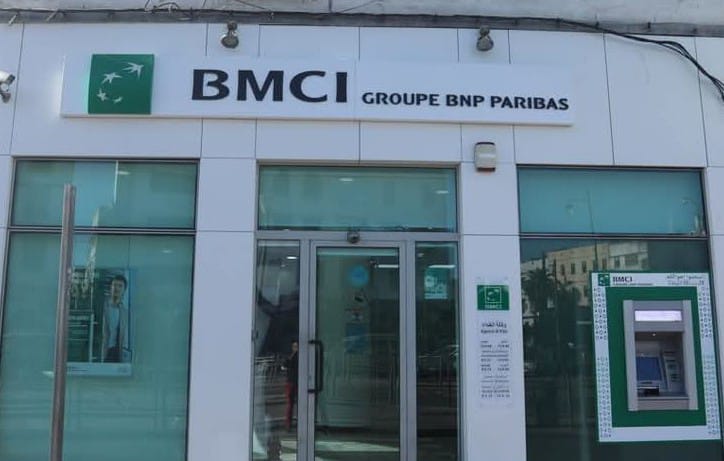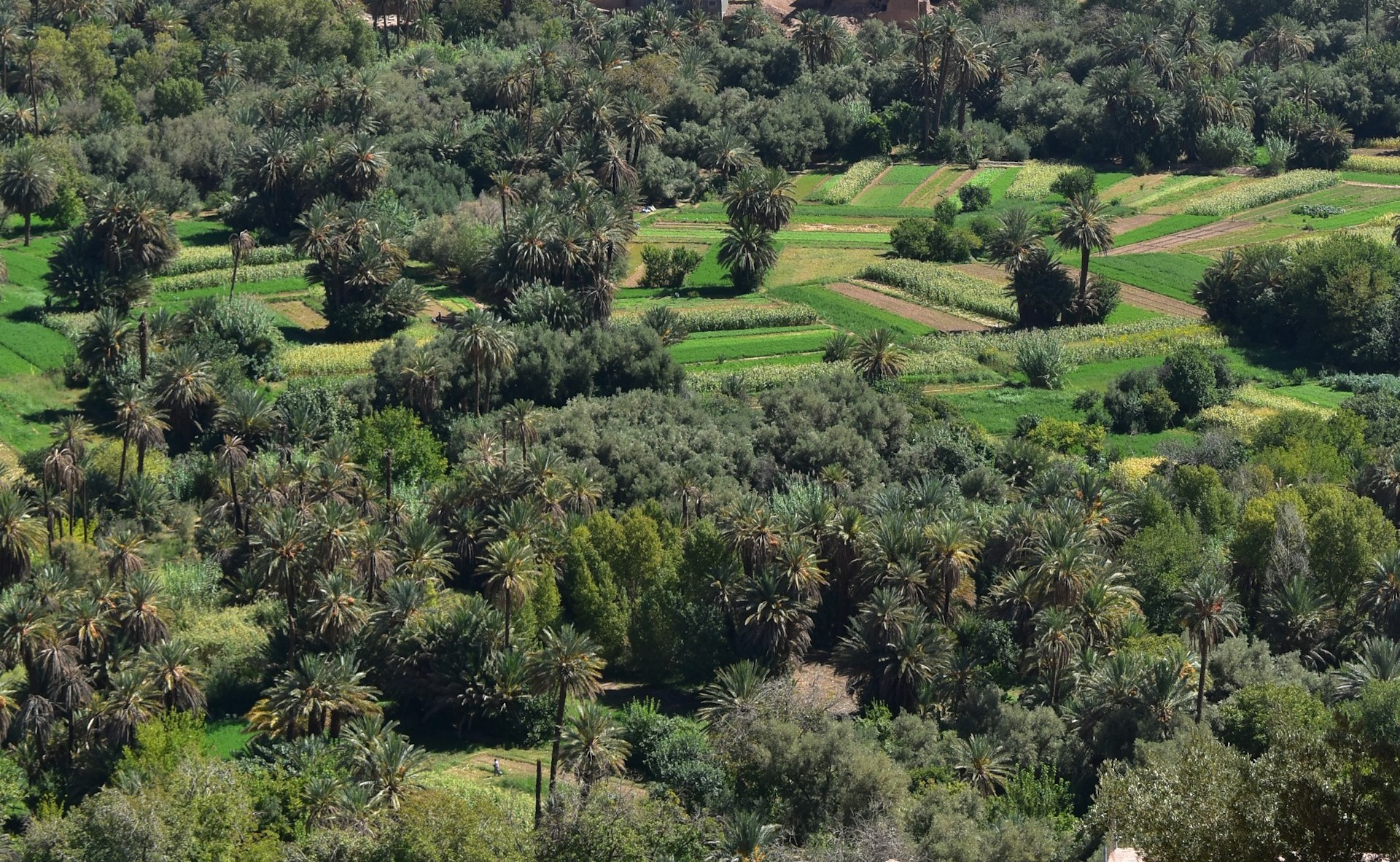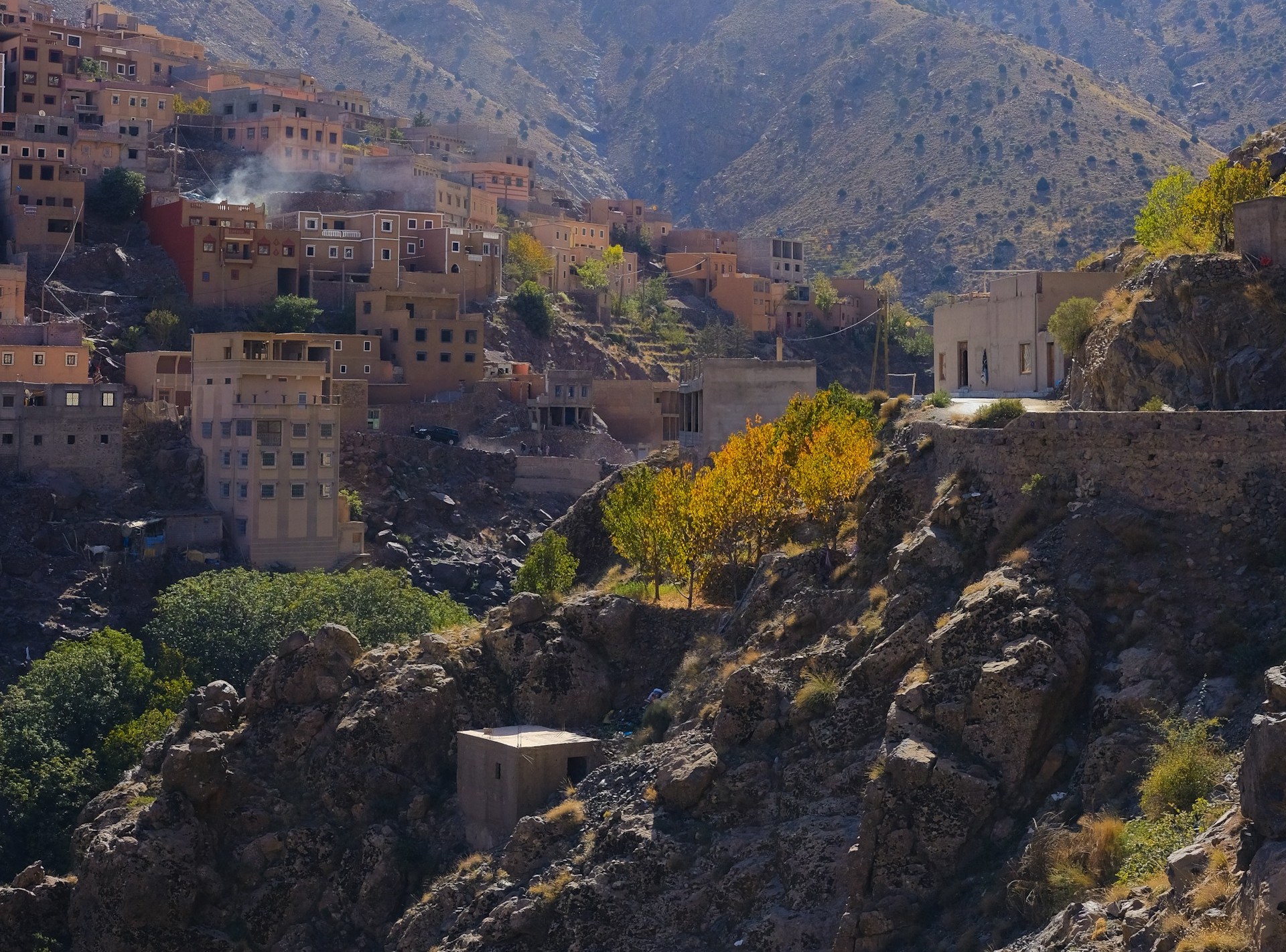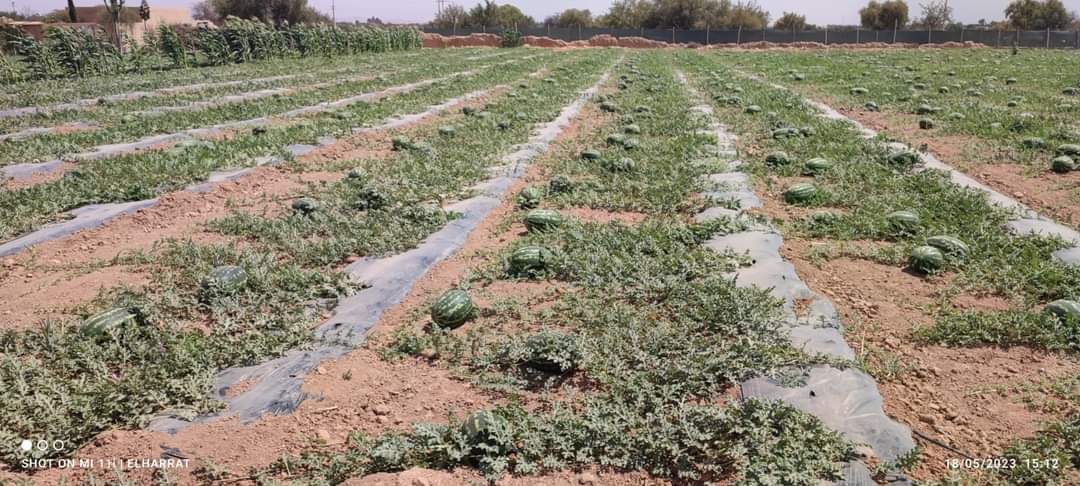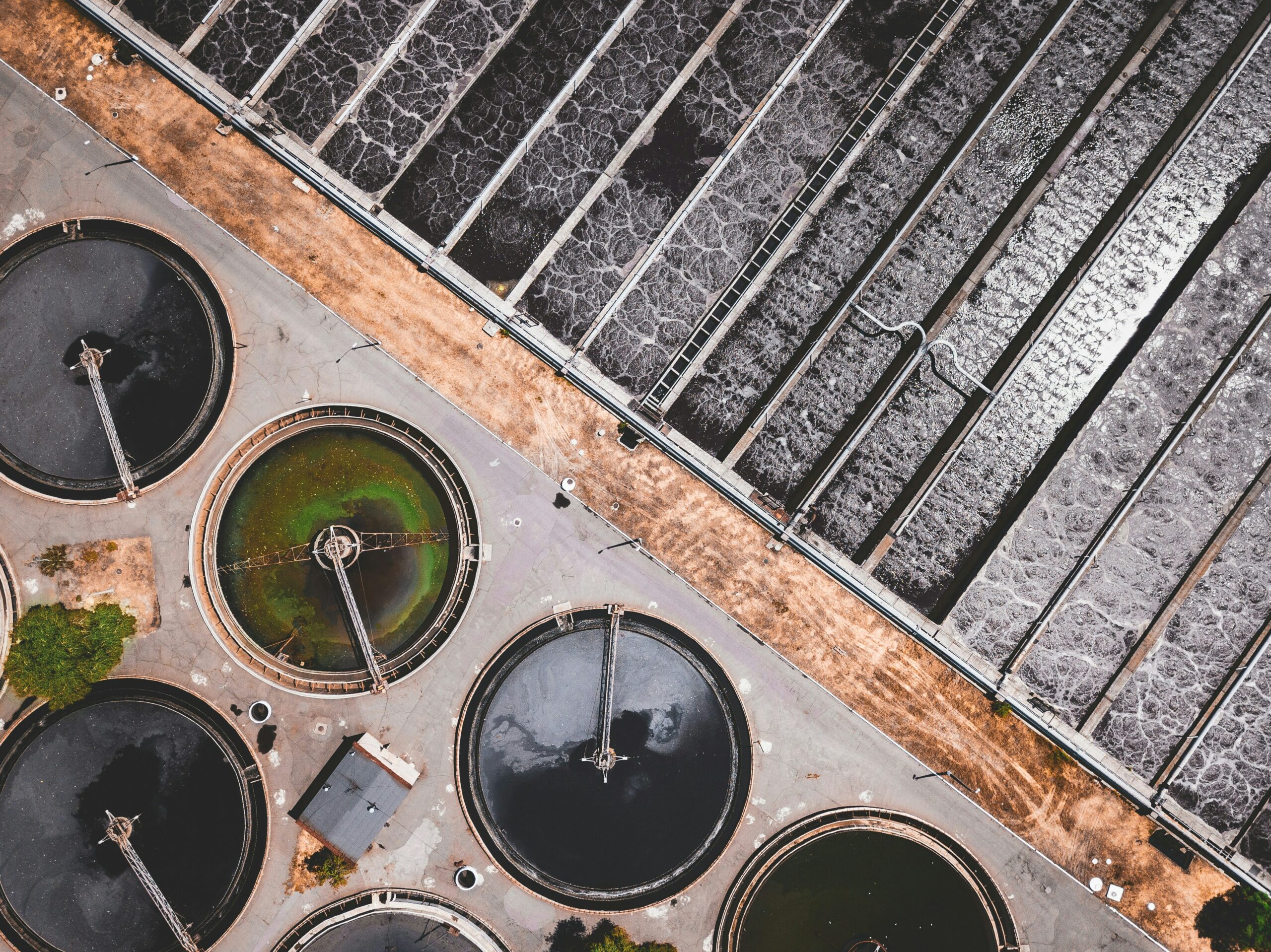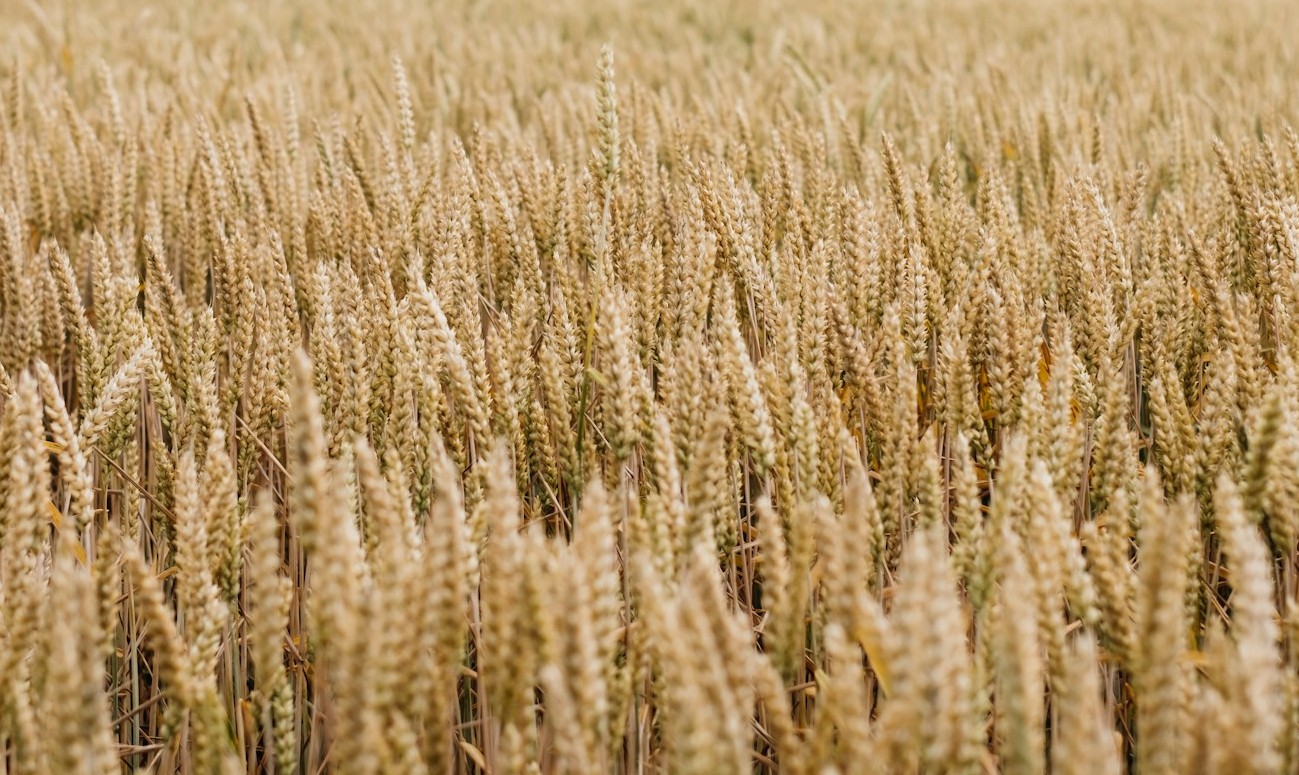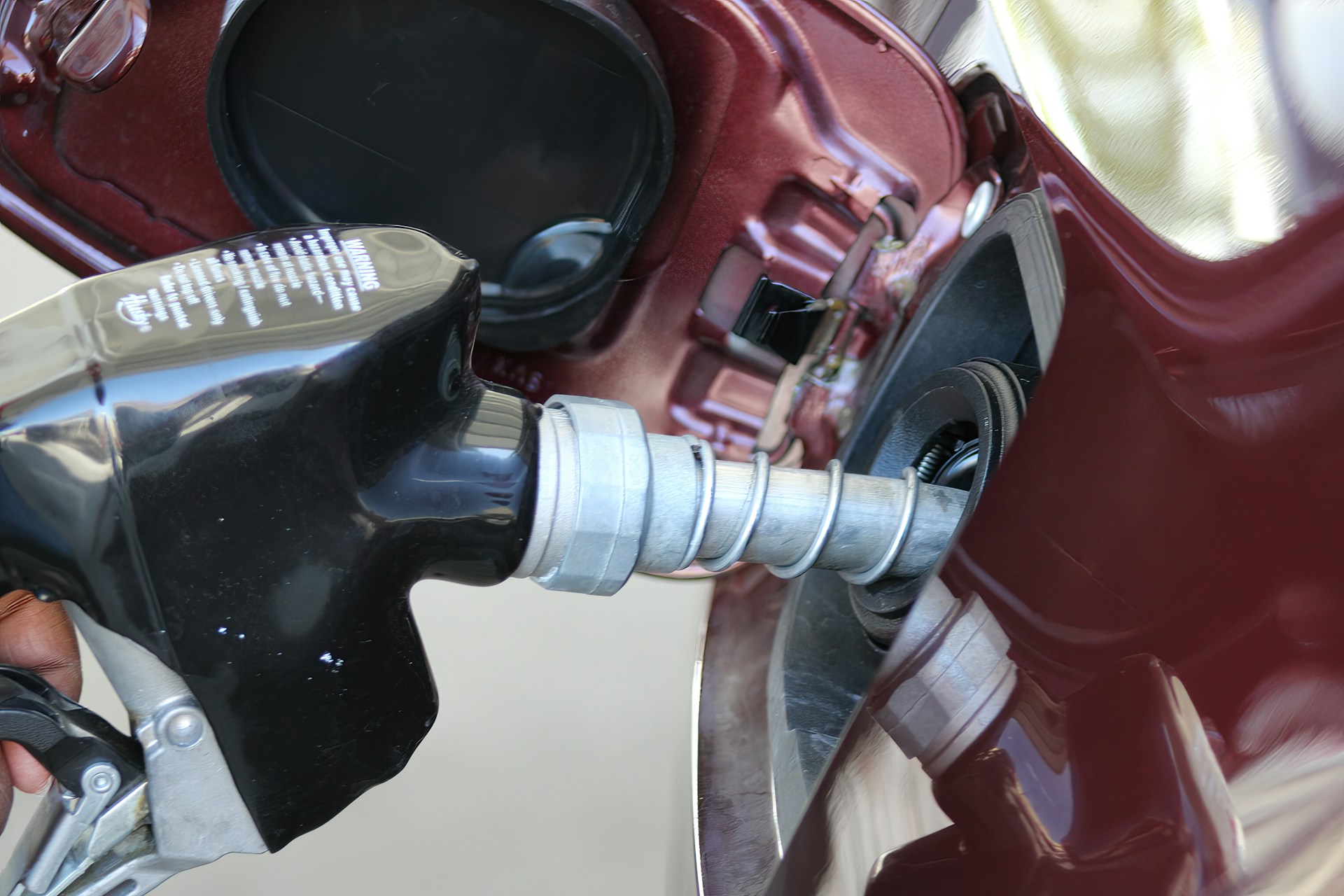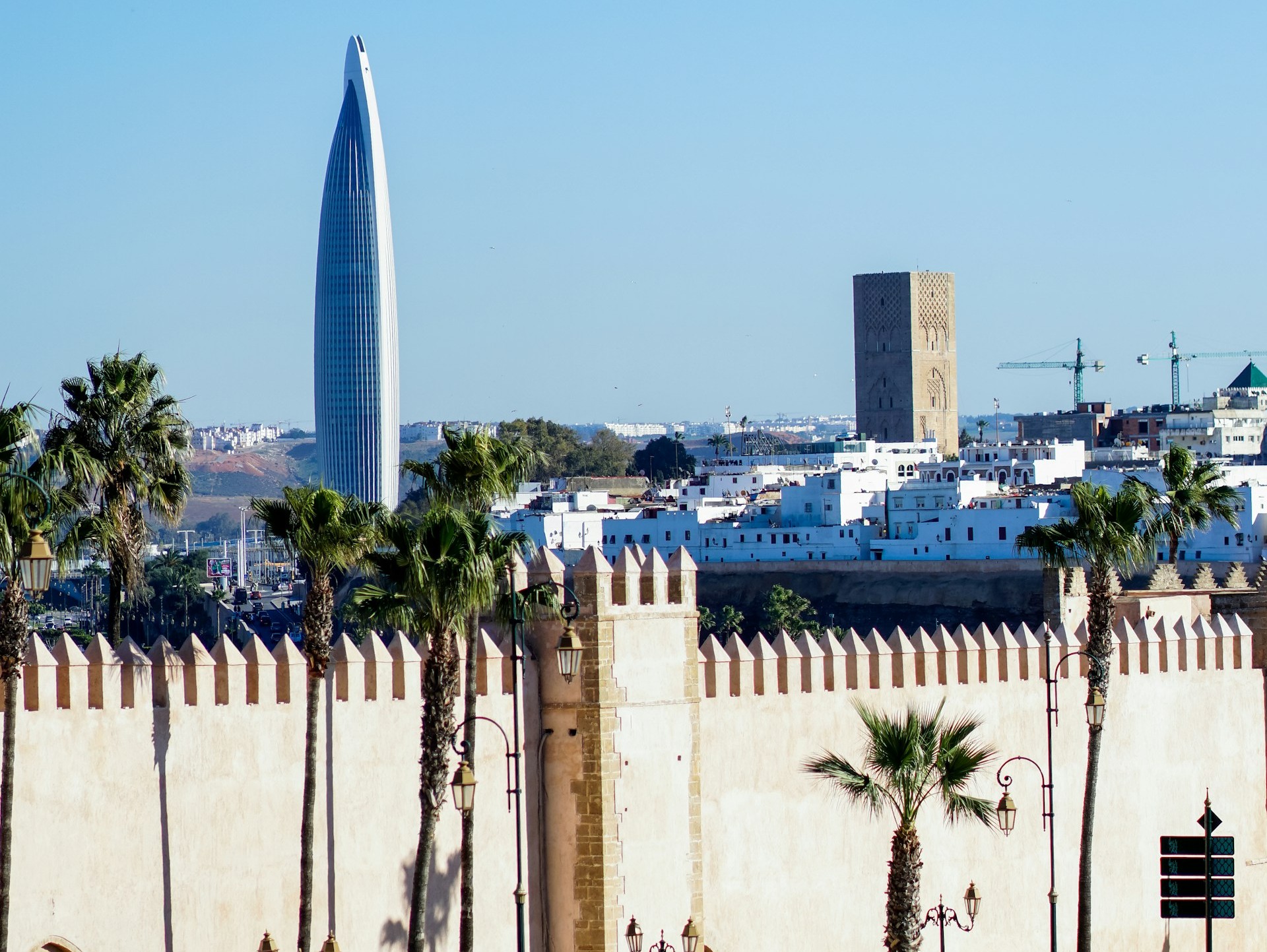Casablanca – Despite the ongoing drought that has gripped Morocco for six consecutive years, the country has managed to secure its place as a notable player in the watermelon export market. According to the agricultural data platform “Horto Info,” Morocco has achieved the fourth position among the leading exporters of watermelons to the European Union.
For the current agricultural season, Moroccan exports reached an impressive 97.64 million kilograms, generating a total value of approximately $88 million. With an average price of about $0.84 per kilogram, Moroccan watermelon has shown resilience in the competitive European market, even as adverse climatic conditions pose significant challenges.
While Spain remains the dominant supplier, its exports have declined by 35.96%, yet it continues to lead with 42.99 million kilograms sold, accounting for 30.55% of total EU imports, valued at around $317 million. The average price for Spanish watermelon stands at approximately $0.75 per kilogram, further underscoring Spain’s stronghold on the market.
Italy ranks second, exporting 184.02 million kilograms, which represents 13.26% of total EU watermelon exports, valued at approximately $98.69 million, with an average price of $0.54 per kilogram. The Netherlands follows in third place with 110.97 million kilograms exported, comprising 8% of the total volume sold in the EU, showcasing a diverse market landscape.
Greece rounds out the top five, exporting 96.91 million kilograms valued at around $42 million, with an average price of approximately $0.43 per kilogram. These figures illustrate the competitive nature of the watermelon market within the EU, where producers must continuously adapt to changing consumer preferences and market dynamics.
The report from “Horto Info” also highlighted a broader decline in EU watermelon imports, which fell by 23.70% over the last five campaigns. Imports from Morocco specifically dropped by 52.59%, while Spain, Greece, Italy, and Brazil also reported significant decreases, indicating a challenging environment for exporters.
These statistics reveal the hurdles faced by Moroccan watermelon exports, particularly in light of the severe drought impacting crop yields. Many farmers have expressed concern over the reduced production levels, which have led to higher prices domestically. The lack of water resources not only affects the quantity of watermelons harvested but also raises questions about sustainability and future agricultural practices in the region.
Despite these challenges, Morocco continues to demonstrate its ability to compete on the European stage. The country’s farmers are known for their resilience and innovation, often implementing new agricultural techniques to maximize yields under difficult conditions. This adaptability could serve as a foundation for future growth, provided that investment in irrigation and water management becomes a priority.
However, this success comes with concerns about local markets, where soaring prices have become a pressing issue for consumers. Many Moroccan households are feeling the pinch as watermelon prices rise due to limited supply. This situation has sparked discussions about balancing export goals with the need to ensure affordable food access for the local population.
As Morocco navigates these complexities, its watermelon export sector remains a critical component of the economy, showcasing the nation’s agricultural strengths even amidst adversity. The future will depend on how well it can address environmental challenges while maintaining its competitive edge in the global market.
